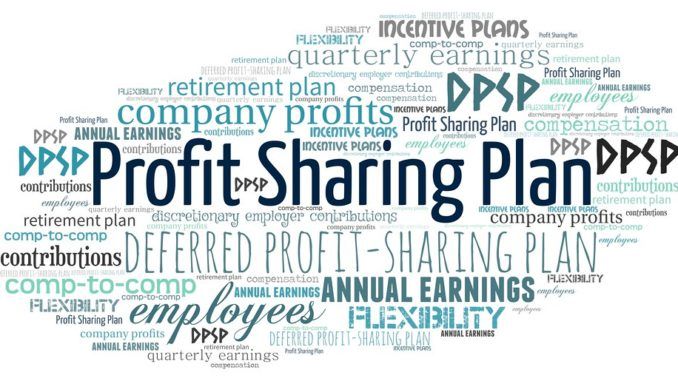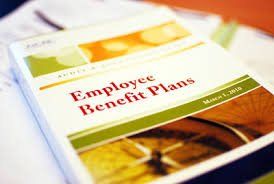Blog Post
The Return of Volatility
- By Paul Bajus
- •
- 14 Feb, 2018
- •

It sounds like a remake of an old horror movie, and to some people it’s just as scary, but it’s just the stock market returning to it’s more usual ways. At the time of this writing the most common gauge of the U.S. stock market, the S&P500, was down 5.2% for the week – it’s biggest drop since January 2016. The Canadian stock market faired about the same, but it felt more painful because our market hasn’t kept pace with the U.S. stock market for a few years, and especially since the U.S. election.
As humans we tend to forget all except the most recent past, and as far as stock markets go, 2017 was very benign. That is not the norm however. I had just met recently with our rep from one of our favorite investment managers, Edgepoint, and he was lamenting on the lack of volatility in the markets. Despite the incredible success that Edgepoint has had, having volatility to the down side is actually very helpful for them in their investment process, and that volatility was almost non-existent in 2017. In 2017 there was only 8 days with price moves over 1% and none with price moves over 2%. That is near historical lows, and certainly the lowest since at least 1980. They say that the stock market needs to “climb a wall of worry”, and it seemed like for quite a while that worry for the average investor was not there – until now. Before this the last 5% drop in the U.S. market was August 21, 2015 which was also the last 10% drop. The last 20% drop was July 9th 2008, while the Canadian market had a 20% drop on January 7th 2016. The drops didn’t all happen on that one day, but were from the previous peak to the low.
It almost doesn’t matter what the reason for the drop is, the fact is that it is happening and it was overdue. For what it’s worth though, the biggest reason is that interest rates are increasing rapidly, especially in the U.S., where the economy is clicking on all cylinders and fuelling worries that inflation will increase. 10 year bonds in the U.S. yielded 2.05% on September 8th last year and now closed at 2.85%. Rates are still low, but that’s nearly a 40% increase in 5 months. Rising interest rates worry investors because higher interest rates mean that fixed income investments like bonds and GIC’s will become more enticing for some compared to stocks, and it means higher borrowing costs for businesses reducing their profits.
What are the professional investment managers like Edgepoint doing? They are using any drops to either add to current holdings at a more attractive price, or buying into companies that they have had their eye on but didn’t buy into because they felt the stock price was too high. They also eliminated quite a few positions towards the end of last year that had done very well, but they felt were getting too expensive. For individuals, hopefully your equity holdings are long term investments like they should be, your investment mix between equities and fixed income is matched to your risk tolerance, and you have been rebalancing between the two regularly. If that is the case, buckle up, and feel confident in your long term investment strategy.
Paul Bajus
- CLU, CFP, CHS - is the Director of Director, Pensions and Corporate Wealth Management for BF Partners. Learn more
about Paul.
Share
Tweet
Share
Mail
© 2024 BFPartners.
© 2024 BFPartners. All Rights Reserved.
© 2024 BFPartners. All Rights Reserved.


























